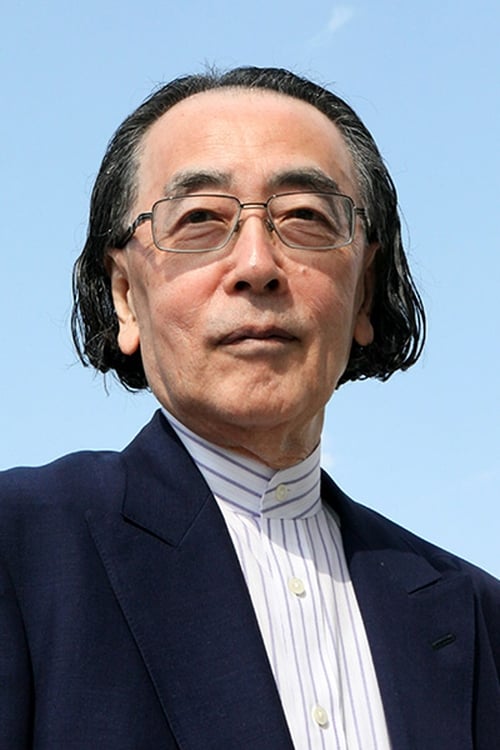Atman (1975)
Gênero : Terror, Animação
Runtime : 12M
Director : Toshio Matsumoto
Sinopse
ĀTMAN is a visual tour-de-force based on the idea of the subject at the centre of the circle created by camera positions (480 such positions). Shooting frame-by-frame the filmmaker set up an increasingly rapid circular motion. ĀTMAN is an early Buddhist deity often connected with destruction; the Japanese aspect is stressed by the devil mask of Hangan, from the Noh, and by using both Noh music and the general principle of acceleration often associated with Noh drama.
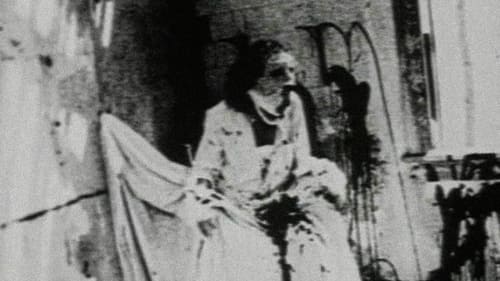
Begotten is the creation myth brought to life, the story of no less than the violent death of God and the (re)birth of nature on a barren earth.
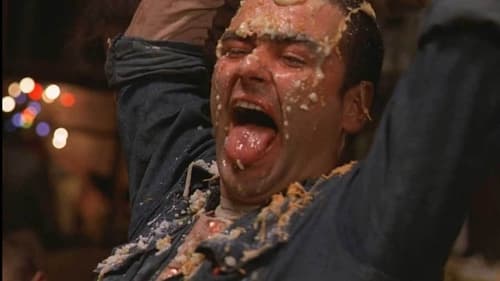
A história entreligada de duas mulheres: uma é a vencedora do concurso Miss Mundo cujo prêmio foi se casar com um magnata do petróleo e que foge desse casamento tumultuado para Paris, tem um caso selvagem com um famoso rock star, El Macho e se muda para uma comunidade radical. A outra dirige um barco carregado de doces e açúcar, atraindo homens e rapazes com sexo, morte e conversa revolucionária.
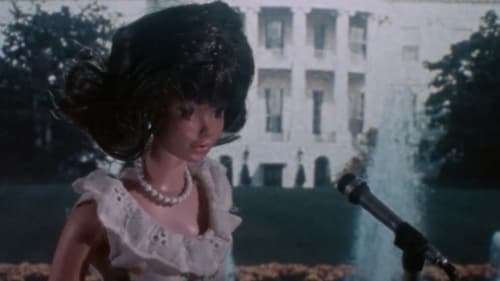
The final 17 years of American singer and musician Karen Carpenter, performed almost entirely by modified Barbie dolls.

Five lonesome cowboys get all hot and bothered at home on the range after confronting Ramona Alvarez and her nurse.
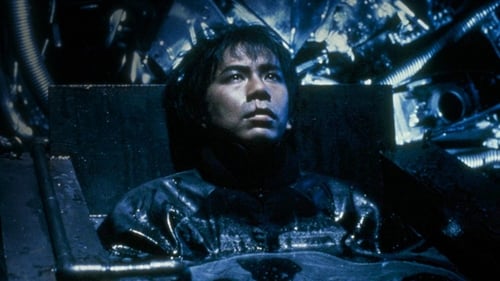
A Japanese salaryman finds his body transforming into a weapon through sheer rage after his son is kidnapped by a gang of violent thugs.

Na primeira parte do filme o narrador chamado de "O Cientista" aparece fazendo comentários sobre a Humanidade. Logo a seguir o Inspetor Warren encontra o cadáver de um travesti masculino suicida chamado Patrick/Patricia. Ele então procura o Dr. Alton, perito nesses casos, que lhe conta a história de Glen/Glenda. Alton explica que Glen, apesar de se travestir, não era homossexual. Estava noivo e seu dilema era contar à sua namorada Barbara sobre a sua "mania". Na segunda parte, o Dr. Anton conta a história de Alan/Anne, um homem que desejava ser mulher e que conseguiu mudar pela cirurgia, favorecido por ser um pseudo-hermafrodita (possuia ambos os órgãos genitais, embora apenas um fosse completo).

Shot under extreme conditions and inspired by Mayan creation theory, the film contemplates the illusion of reality and the possibility of capturing for the camera something which is not there. It is about the mirages of nature—and the nature of mirage.
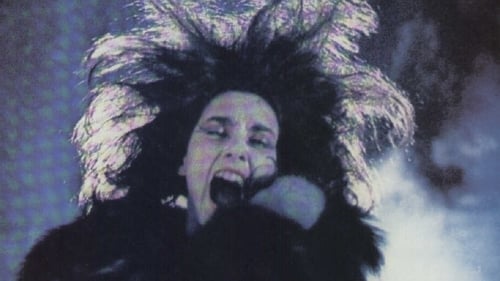
Rock musical adaptation of William Shakespeare's "A Midsummer Night's Dream".

Someone we hear talking - but whom we do not see - speaks of a project which describes the four key moments of love: meeting, physical passion, arguments/separation and making up. This project is to be told through three couples: young, adult and old. We do not know if the project is for a play, a film, a novel or an opera. The author of the project is always accompanied by a kind of servant. Meanwhile, two years earlier, an American civil servant meets with an elderly French couple who had fought in the Resistance during World War II, brokering a deal with a Hollywood director to buy the rights to tell their story. The members of the old couple's family discuss heatedly questions of nation, memory and history.

A woman wakes up to discover herself in a hospital room. She wanders the corridors before making a shocking discovery.

2012: Tempo de Mudança é um documentário que apresenta maneiras de transformar nossa sociedade insustentável em uma cultura planetária regenerativa. Isso pode ser alcançado por meio de uma mudança de consciência pessoal e global e da implementação sistêmica do design ecológico.

A teenage boy plays truant from school, and spends the day riding around the town and the deserted beach on his bicycle, letting his mind wander as he imagines he is the only person in the world...

At Stamford Road in Dalston Junction of east London, the camera follows pedestrians, cars and birds while a narrator, who appears to be the director behind the camera, seems to instruct the objects.
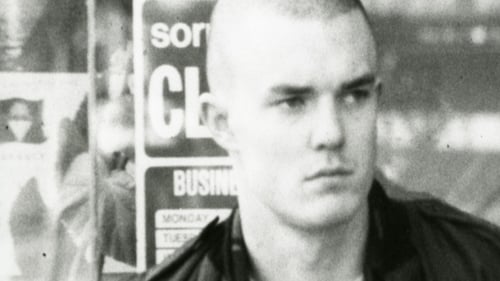
A lonely hairdresser watches the title sequence of "That Cold Day in the Park" then visits a local park to invite a down-and-out skinhead to his apartment. He draws the silent man a bath and talks to him as he soaks. He locks his guest in a bedroom. Next day, the skinhead leaves through the window and visits his sister, who's making a film called "Sisters of the SLA." He helps with a screen-test. The hairdresser has dreams and fantasies involving the skinhead, the skinhead returns to visit him, and then the filmmaker pays a call on the two men, exposing her brother as faking his silence and pretending a lack of sexual interest. Fantasies can come true.
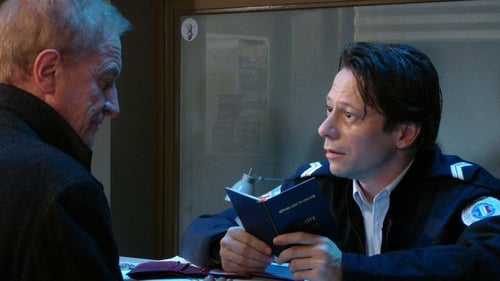
Marguerite loses her wallet, and it's found by Georges, a seemingly happy head of family. As he looks through the wallet and examines the photos of Marguerite, he finds he's fascinated with her and her life, and soon his curiosity about her becomes an obsession.

While their mother is dying in the modern Gimli, Manitoba hospital, two young children are told an important tale by their Icelandic grandmother about Ainar the lonely, his friend Gunnar, and the angelic Snjofrieder in a Gimli of old.

In Manhattan's Central Park, a film crew directed by William Greaves is shooting a screen test with various pairs of actors. It's a confrontation between a couple: he demands to know what's wrong, she challenges his sexual orientation. Cameras shoot the exchange, and another camera records Greaves and his crew. Sometimes we watch the crew discussing this scene, its language, and the process of making a movie. Is there such a thing as natural language? Are all things related to sex? The camera records distractions - a woman rides horseback past them; a garrulous homeless vet who sleeps in the park chats them up. What's the nature of making a movie?
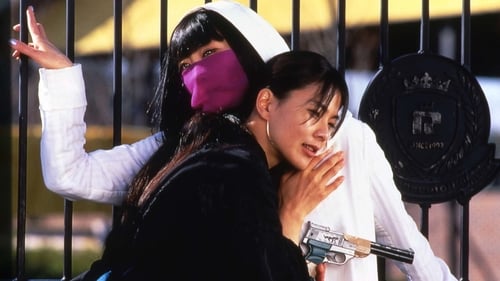
Miyuki Minazuki, apelidada de “Gata de Rua,” é a “Número 3” no Sindicato de Assassinos. Ela mora com sua avó, e sua arma preferida é uma pistola. Gata de Rua recebe suas ordens de Sayoko Uekyo, uma mulher enigmática de vestido branco. Ela parece confortável com sua posição no ranking, mas a rivalidade se intensifica quando o misterioso “Número 1,” apelidado de “100 Olhos,” começa a atacar os outros assassinos que estão no topo da hierarquia. Quando Sayoko informa Gata de Rua de que 100 Olhos agora é um alvo para o Sindicato, surge a oportunidade para matá-lo e assumir o primeiro lugar. Espécie de remake e continuação de A Marca do Assassino (Goro Hanada, protagonista em 1967, é agora “Número 0,” um conselheiro de Gata de Rua), o filme aplica o estilo tardio de Suzuki à matriz dos filmes de gângster que ele fazia na Nikkatsu, resultando num painel delirante de cores e ritmos, um balé ou uma ópera de sedução e morte.
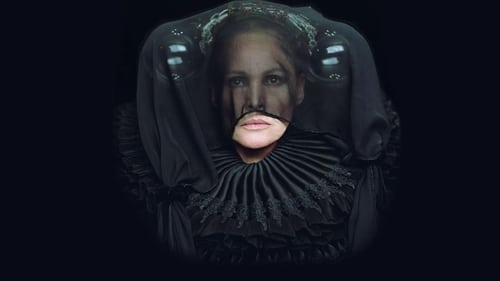
Cremaster 5 (55 min, 1997) is a five-act opera (sung in Hungarian) set in late-ninteenth century Budapest. The last film in the series, Cremaster 5 represents the moment when the testicles are finally released and sexual differentiation is fully attained. The lamenting tone of the opera suggests that Barney invisions this as a moment of tragedy and loss. The primary character is the Queen of Chain (played by Ursula Andress). Barney, himself, plays three characters who appear in the mind of the Queen: her Diva, Magician, and Giant. The Magician is a stand-in for Harry Houdini, who was born in Budapest in 1874 and appears as a recurring character in the Cremaster cycle.

A Japanese fairy tale meets commedia dell'Arte. All in white, the naïf Pierrot lies in a wood. Doo-wop music plays as he rises, stares about, and reaches for the moon. Although music abounds and the children of the wood are there at play, Pierrot is melancholy and alone. Harlequin appears, brimming with confidence and energy. He conjures the lovely Colombina. Pierrot is dazzled. But can the course of true love run smooth?
Filmed in France in 1950, it was not completed nor released until 1971


